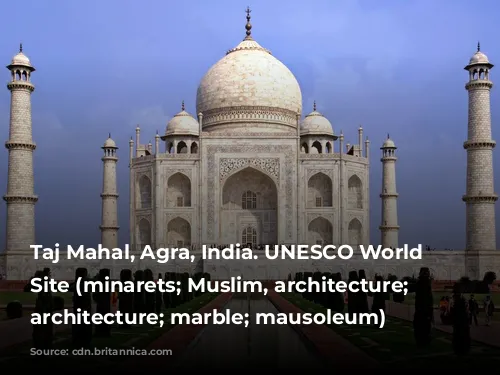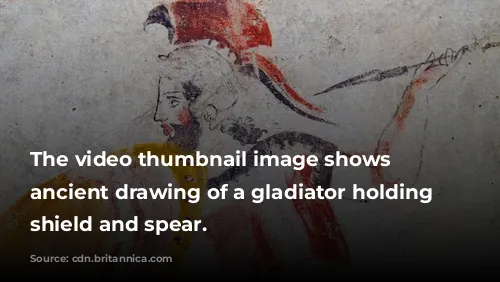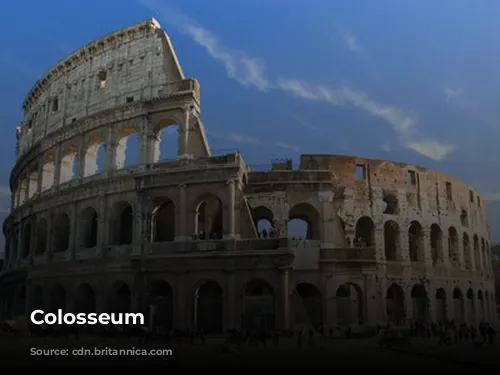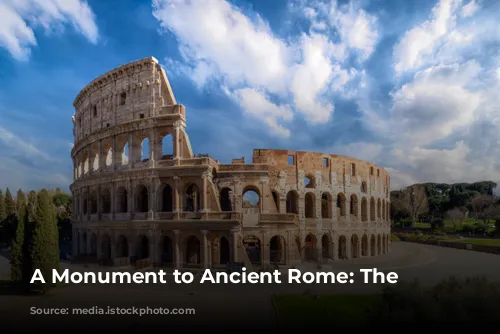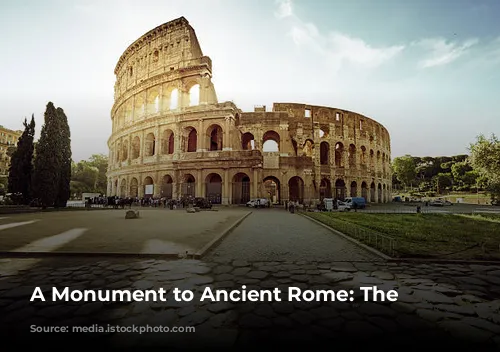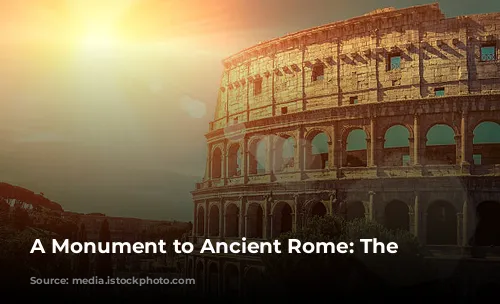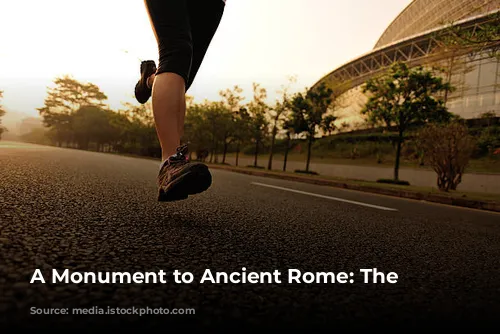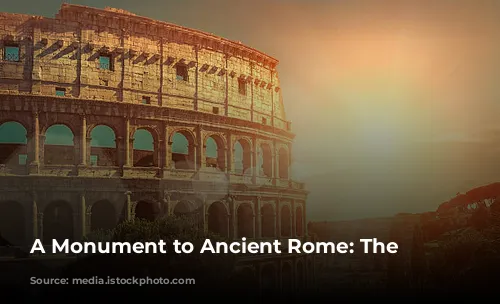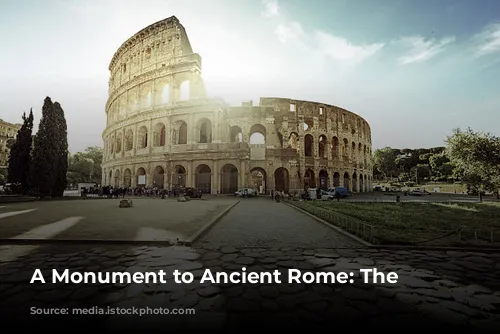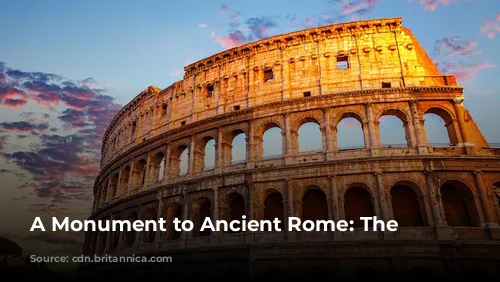The Colosseum stands tall as a testament to the extraordinary skills of ancient Roman architects and engineers. It is a marvel of engineering, a beacon of history, and a major driver of tourism for Italy. In 2018, the Colosseum, along with the Roman Forum and Palatine Hill, generated an impressive $63.3 million (€53.8 million) in revenue, solidifying its status as the most visited tourist attraction in Italy.
This iconic structure has witnessed centuries of change and resilience, from its glory days as a bustling entertainment venue to periods of neglect and even repurposing.
A Symbol of Imperial Power
The Colosseum was built under the Flavian emperors as part of a grand effort to revitalize Rome after a turbulent period. Inspired by other amphitheatres, Emperor Vespasian envisioned the Colosseum as a centre for entertainment, a place where the public could gather for gladiator fights, animal hunts, and even mock naval battles.
Construction of the Colosseum began under Vespasian between 70 and 72 CE. His son, Titus, completed the structure and dedicated it in 80 CE, marking the occasion with 100 days of games. Emperor Domitian further expanded the Colosseum in 82 CE by adding the fourth story.
The Colosseum’s construction was funded with spoils from Titus’s conquest of Jerusalem in 70 CE, and sadly, Jewish slaves from Judaea were forced to contribute their labor to the project.
A Legacy of Endurance
The Colosseum is an impressive elliptical structure constructed with stone, concrete, and tuff, reaching four stories in height. It measures an impressive 620 by 513 feet (189 by 156 meters) and could accommodate up to 50,000 spectators who witnessed gladiatorial combat and other spectacles.
The Colosseum’s location just east of the Palatine Hill was deliberate, replacing the artificial lake that was the centerpiece of Nero’s Golden House. Vespasian, who ascended to the throne after a turbulent period, chose to replace this symbol of tyranny with a public amphitheater that would unite the Roman people.
The Colosseum was designed to provide an optimal viewing experience for its large audience. A massive retractable velarium shielded spectators from the sun, its intricate rigging requiring the efforts of hundreds of Roman sailors.
From Glory to Decline and Restoration
After the fall of the Western Roman Empire, the Colosseum fell into disrepair. During the 12th century, the Frangipane and Annibaldi families used it as a fortress, adapting the ancient arena to serve their own purposes. In the late 15th century, Pope Alexander VI allowed the Colosseum to be used as a quarry, stripping away its precious materials.
This period of neglect lasted over a thousand years before state-funded restoration efforts began in the 1990s, marking a turning point in the Colosseum’s story. The Colosseum has always been a major tourist attraction in Rome, welcoming close to seven million visitors annually. Today, visitors can explore the Colosseum and learn about its history through regular exhibitions highlighting the culture of ancient Rome.
The Colosseum is a testament to the enduring legacy of the Roman Empire and its architectural prowess. This ancient structure has survived centuries of change, reminding us of the power of human ingenuity and the enduring fascination with the past.
